The Compact Airborne Formaldehyde Experiment (CAFE) is an in situ airborne instrument that measures formaldehyde (CH2O). It uses non-resonant laser-induced fluorescence (LIF) to measure CH20 in the troposphere and lower stratosphere. CAFE uses a laser at 355 nm wavelength to excite CH20 and detect the fluorescence in the 420-550 nm range. It has a typical sampling rate of 1 Hz and achieves a precision of 160 pptv at zero pptv CH20.
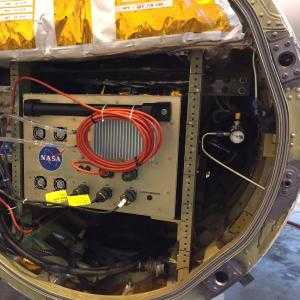
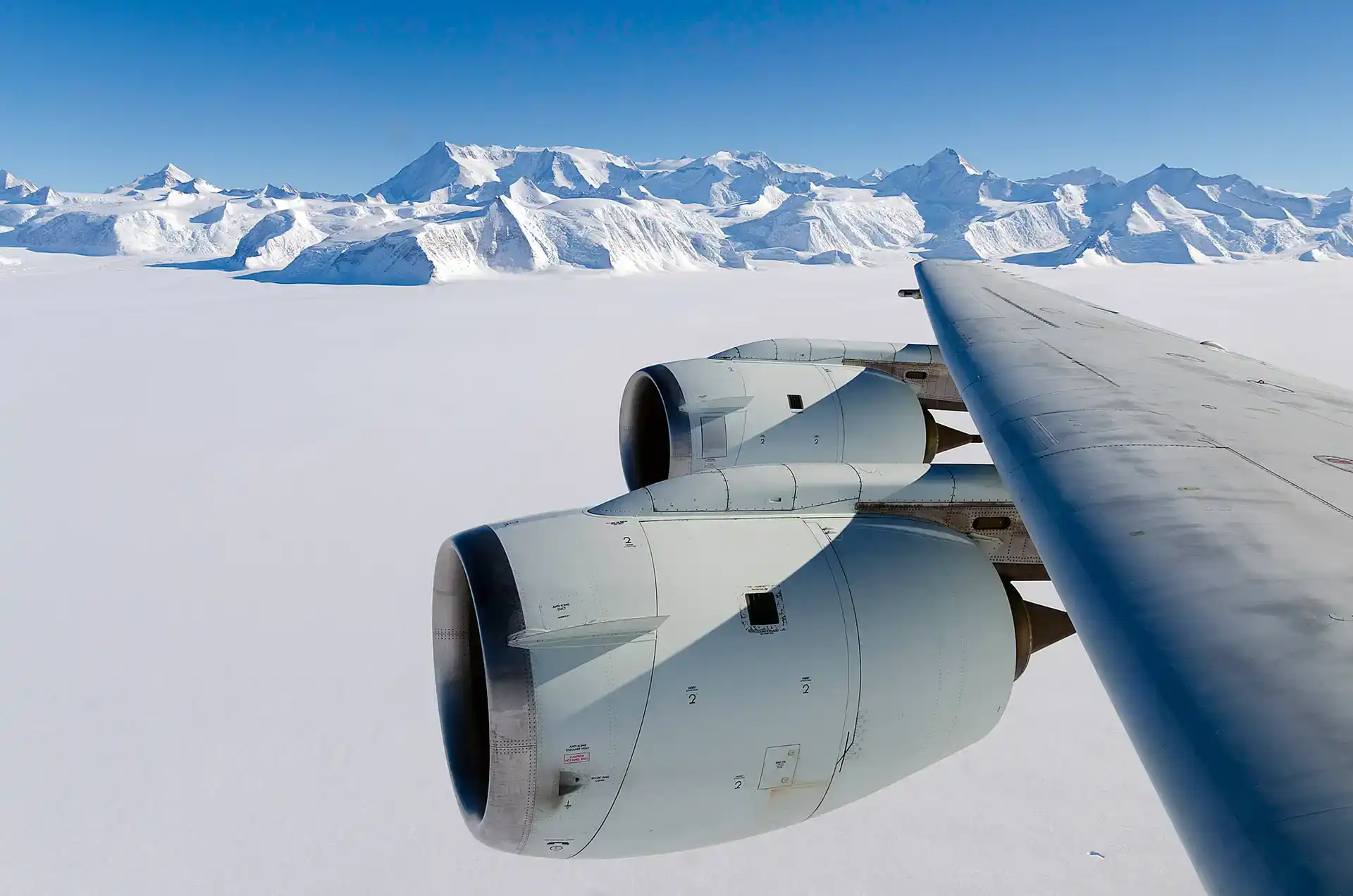
Instrument Details
- Meter/Analyzer
- Earth Science > Atmosphere > Atmospheric Chemistry > Carbon And Hydrocarbon Compounds > FormaldehydeEarth Science > Atmosphere > Atmospheric Chemistry
- Lower Stratosphere, Troposphere
- 1 Hz
- N/A
- 844.5 THz
- https://doi.org/10.5194/amt-12-4581-2019
Jason St. Clair, Thomas Hanisco
Jason St. Clair
GSFC
NASA
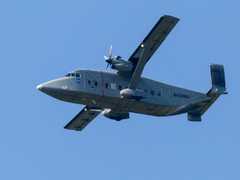 Short Brothers C-23 Sherpa 4 Campaigns · 22 Instruments |  Ozone Water-Land Environmental Transition Study 2017—2018 Chesapeake Bay 2 Deployments · 12 Data Products
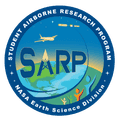 Student Airborne Research Program 2009—2026 Southern California, Virginia Ongoing 19 Deployments · 25 Data Products
| ||||||||||||||||||||||||||||||||||||||||||||||
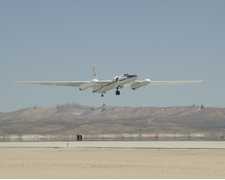 NASA Earth Resources-2 Aircraft 63 Campaigns · 109 Instruments | 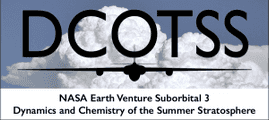 Dynamics and Chemistry of the Summer Stratosphere 2021—2022 Central United States 3 Deployments · 5 Data Products
| ||||||||||||||||||||||||||||||||||||||||||||||
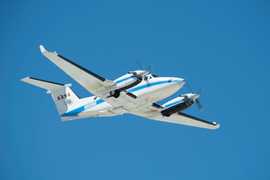 Beechcraft B-200 King Air 38 Campaigns · 84 Instruments |  Korean United States - Air Quality 2016 South Korean peninsula, including surrounding seas 1 Deployment · 20 Data Products
 Student Airborne Research Program 2009—2026 Southern California, Virginia Ongoing 19 Deployments · 25 Data Products
| ||||||||||||||||||||||||||||||||||||||||||||||
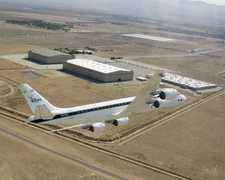 Douglas DC-8 45 Campaigns · 182 Instruments |  Student Airborne Research Program 2009—2026 Southern California, Virginia Ongoing 19 Deployments · 25 Data Products
|
Filter data products from this instrument by specific campaigns, platforms, or formats.